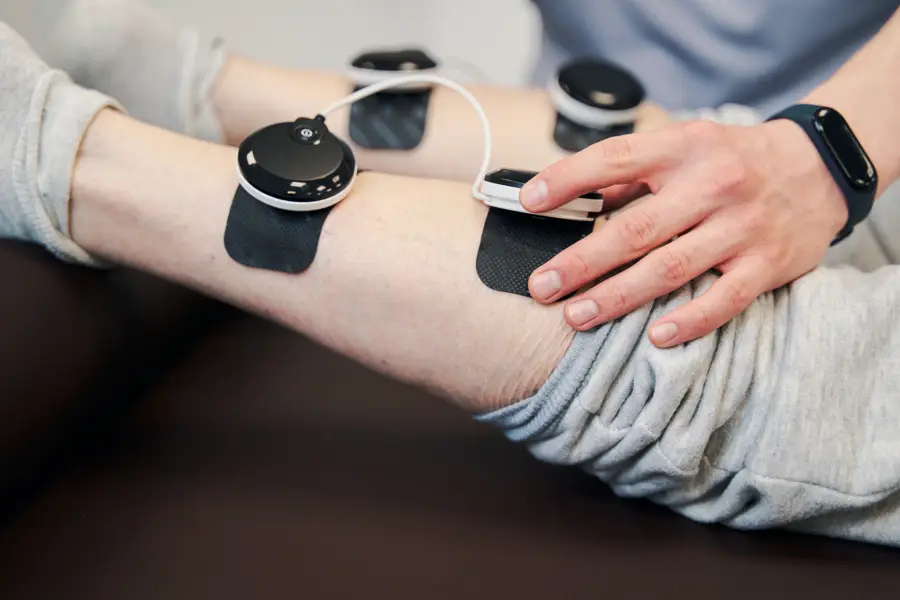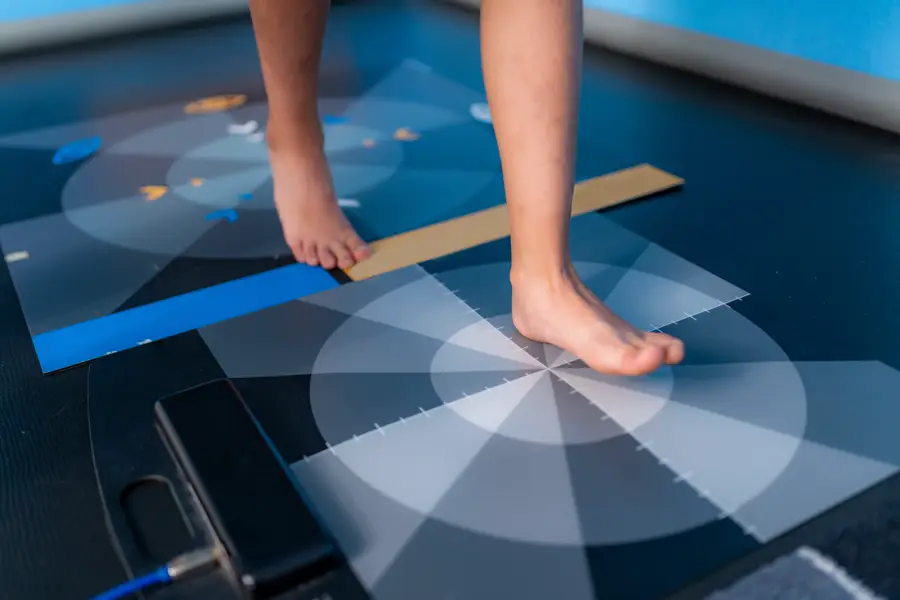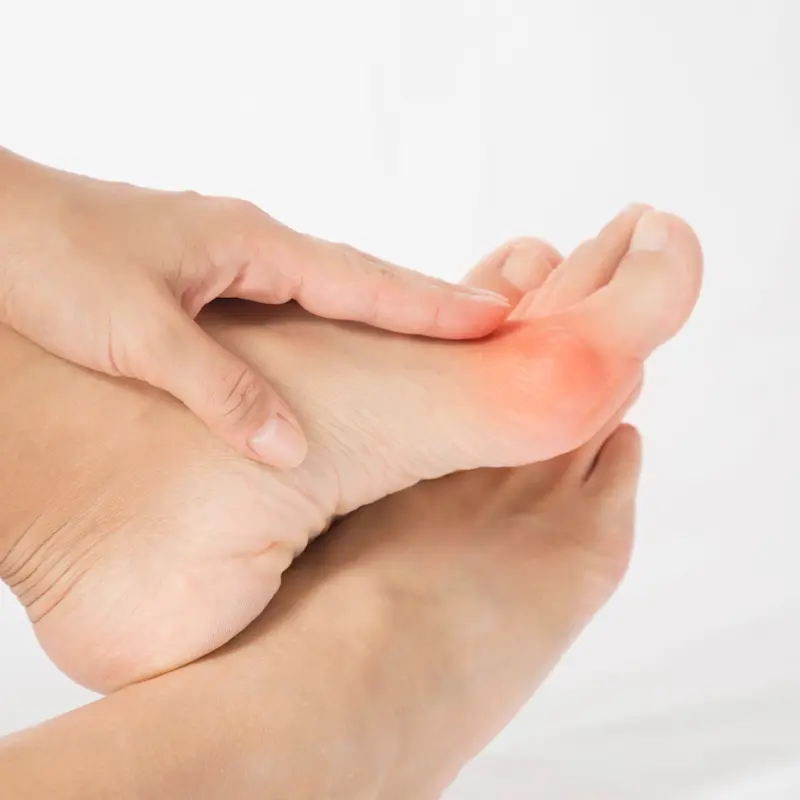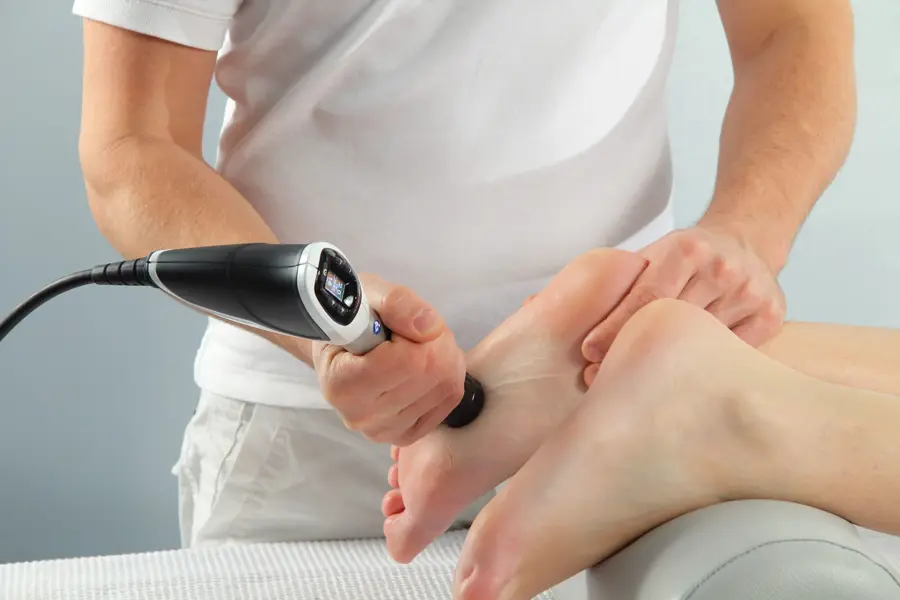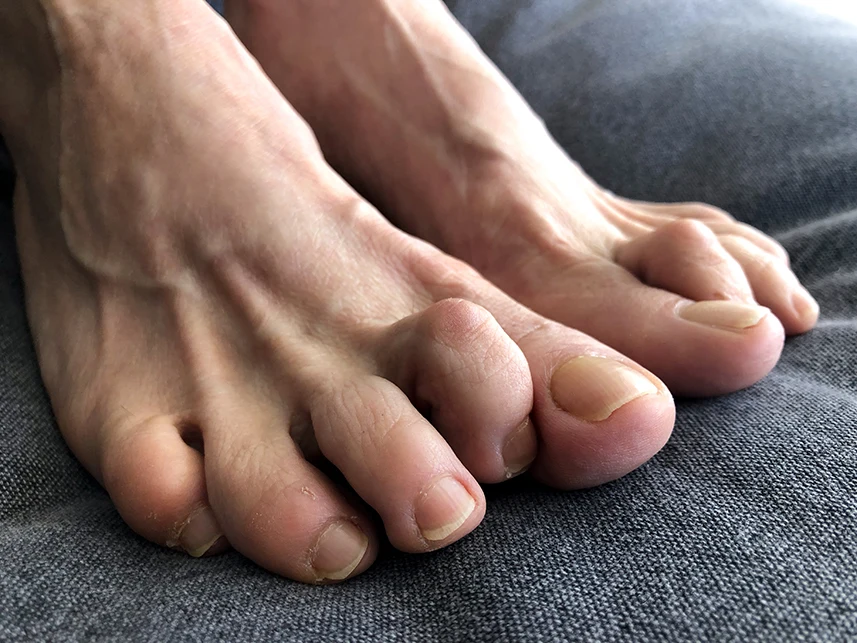
What is Minimally Invasive Hammertoe Surgery?
Minimally invasive bunion and hammertoe surgery refers to surgical procedures designed to correct hammertoes with minimal incisions, leading to quicker recovery times, less pain, and reduced risk of complications compared to traditional surgery methods.
What are signs and symptoms of Hammertoes?
- Abnormal bend in the middle joint of the toe
- Corns or calluses
- Pain when wearing shoes
- Difficulty walking
Minimally Invasive Hammertoe Surgery FAQ
For a proper diagnosis and recommended treatment plan,
we suggest you consult with a podiatrist for professional help and care.


